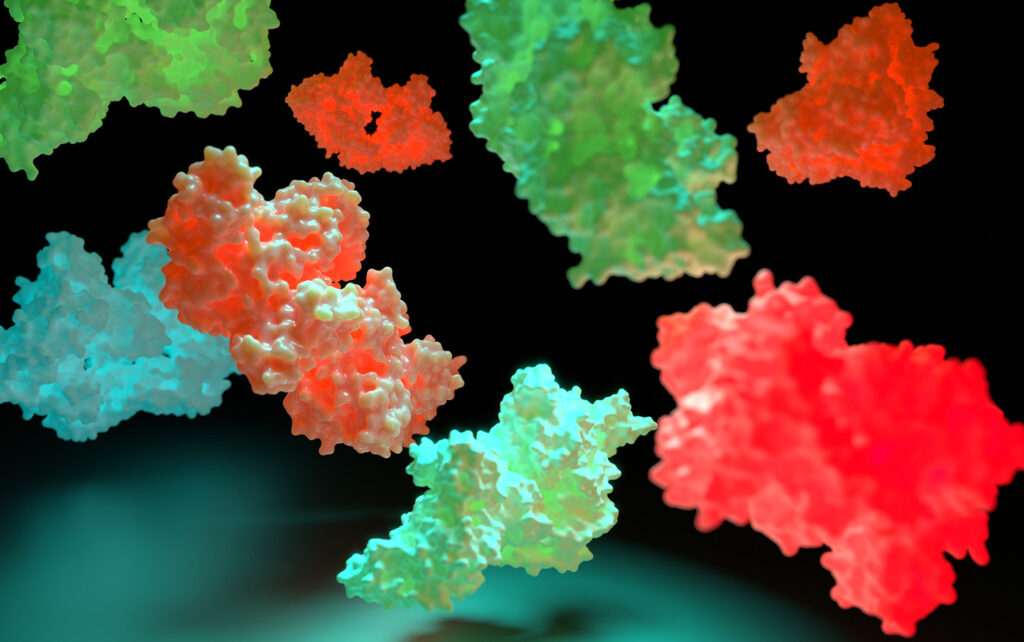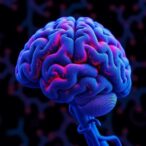Scientists from the University of California, San Francisco (UCSF), have used deep learning techniques to design an approach for generating artificial proteins that can move and change shape much like natural proteins. Full details of the work are provided in a new Science paper titled “Deep learning-guided design of dynamic proteins.”
Since the 1980s, scientists have engineered proteins that are now used in things like cleaning solutions as well as to make artificial insulin, GLP-1s, and antibody-based treatments for cancer and inflammation. Most of these are immovable proteins, and while they are important, they can’t match the potential of proteins that can swivel, twist, and morph in complicated ways, according to Tanja Kortemme, PhD, professor of bioengineering at UCSF and senior author of the study.
Engineering artificial proteins that move like natural ones is challenging, requiring both computational power and deep-learning capabilities that did not exist until a few years ago. For this study, “we wanted to devise a design method that could be applied in lots of situations, so we focused on creating a movable part that does what many natural proteins do,” Kortemme said. Specifically, she and her team took a natural protein and made part of it swing and bind to calcium, a common way that proteins change shape. “The hope is that this movement could also be added to static artificial proteins to expand what they can do, too.”
Next, Amy Guo, a graduate student in Kortemme’s lab and first author on the paper, generated a virtual library containing thousands of possible shapes that the protein could take. She picked two stable shapes for the protein: one that could bind to calcium and another that could not. She then zoomed in on specific areas of the virtual protein to explore how the atoms in these locations were interacting. Then, using AlphaFold2, Guo made the movable part of the virtual protein twist and capture calcium, and then untwist to set it free.
Finally, the team tested the model in a computer simulation and also used nuclear magnetic resonance to visualize the atoms in the protein. “I was amazed that the simulations showed it working exactly like we’d expected it to,” Guo said. “That really gives me confidence that this was for real.”
Overall, the findings demonstrate “that new modes of motion can now be realized through de novo design and provide a framework for constructing biology-inspired, tunable, and controllable protein signaling behavior de novo.” For example, movable engineered proteins could be used in biosensors that change shape in response to signals of disease, triggering an alert. Or they could be used as medicinal proteins that are tailored to work with a person’s unique body chemistry. Scientists could also design proteins to break down plastics or help plants resist climate-related stresses like drought or pests, or to make metal that can repair itself when it cracks. “The possibilities are truly endless,” Guo said.



